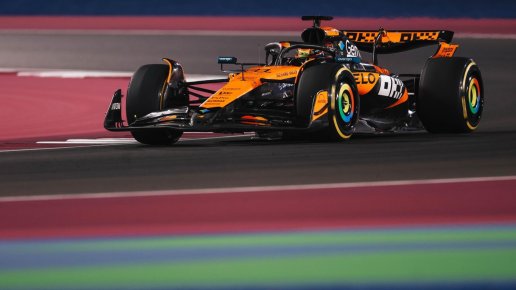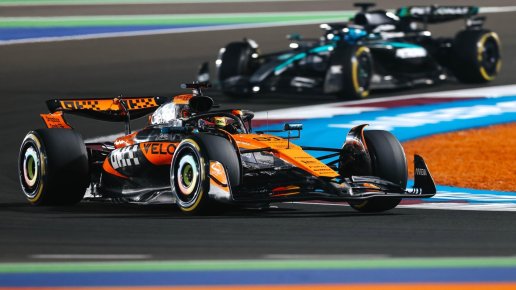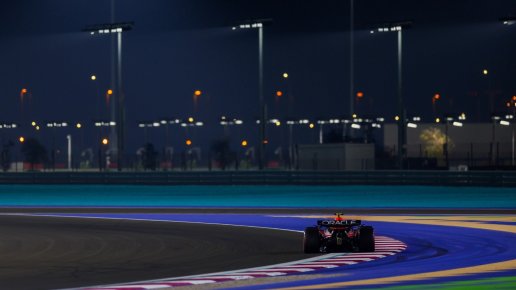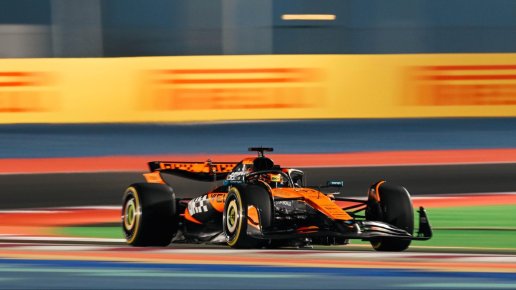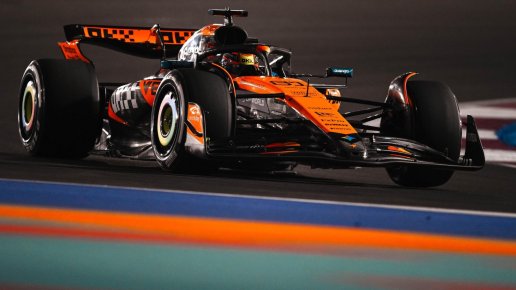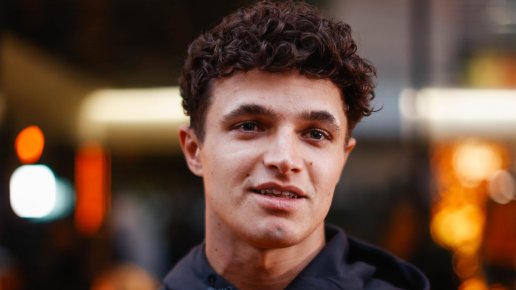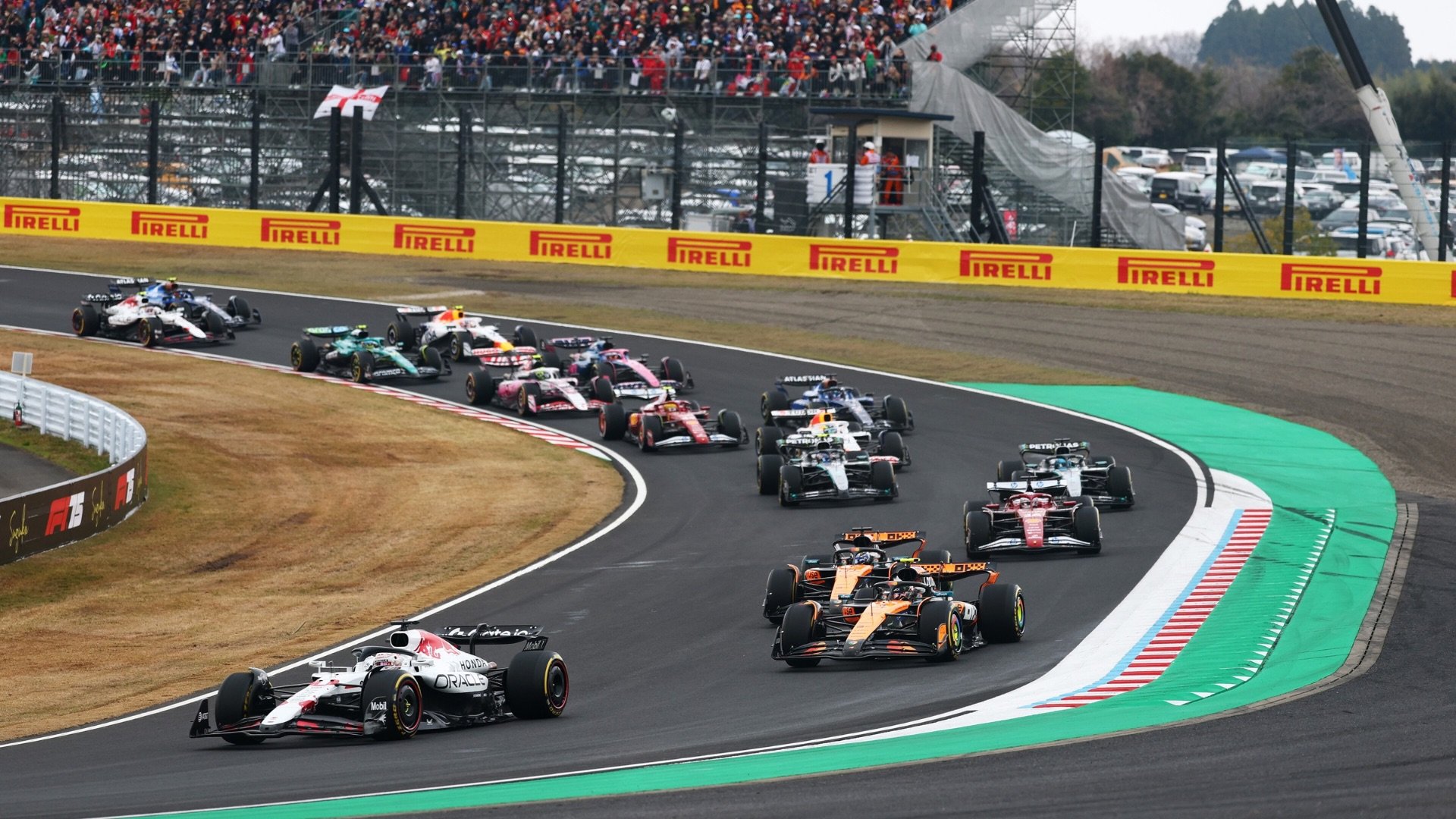
Photo: Getty Images / Red Bull Content Pool
Formula 1 to introduce revised qualifying format in 2026

Next season, Formula 1 qualifying will get tougher, as six drivers will be knocked out in both Q1 and Q2, leaving ten to battle for pole position in Q3.
F1 & MotoGP news to your inbox every day.
The adjustments are designed to fit the larger grid that will come with the arrival of a new team, Cadillac, and to make the fight for pole position even more competitive.
At the moment, qualifying follows a well-known three-part structure. All 20 drivers take part in the first session, known as Q1. At the end of this session, the five slowest drivers are eliminated, leaving 15 to progress to Q2. The same process then happens again in Q2, with another five drivers dropping out. That leaves the top ten to go through to Q3, where they battle to set the fastest time and secure pole position for the race.
From next season, this structure will be slightly altered. Instead of five drivers being eliminated in Q1 and Q2, there will now be six drivers knocked out at the end of each of these sessions. The result is that ten drivers will still compete in Q3 for pole, but it will be more difficult to make it through the early rounds because there will be more competition for fewer places.
READ MORE: Formula 1 reveals 2026 sprint calendar
The change has been introduced because of Cadillac’s entry into Formula 1. With the American manufacturer joining the grid, the number of teams will rise from ten to eleven, which means there will be 22 drivers taking part in each Grand Prix weekend. Cadillac’s arrival also comes with two familiar faces, as Valtteri Bottas and Sergio Pérez will represent the team in its first season in the sport.
According to the FIA, several different qualifying formats were considered before settling on this one. One idea was to eliminate seven drivers after Q1 and keep the rest of the structure the same. However, organisers decided that splitting the eliminations evenly between Q1 and Q2 would be fairer and would help maintain balance across all three sessions. Interestingly, this system is not entirely new. The same qualifying structure was last used in 2016, which was the previous time Formula 1 had eleven teams on the grid.
Cadillac’s arrival will also bring other adjustments to the sport beyond qualifying. The prize money structure will need to be revised to account for the additional team, and space in the paddock will have to be reorganised to make room for Cadillac’s facilities. This includes areas for hospitality, team trucks, and a new pit box for their mechanics and engineers. At some circuits, such as Zandvoort, where space is already limited, finding room for an extra team is expected to be a logistical challenge.

